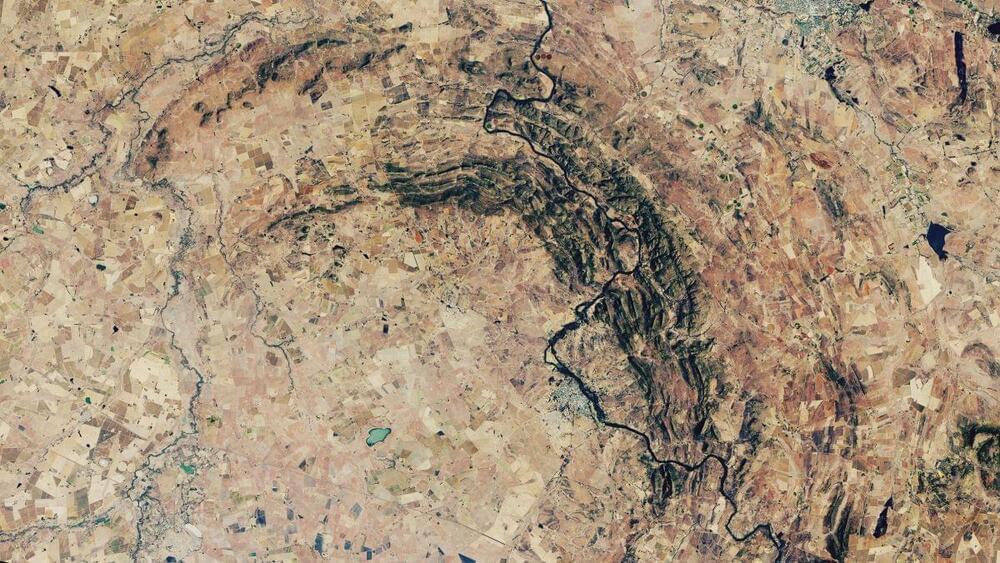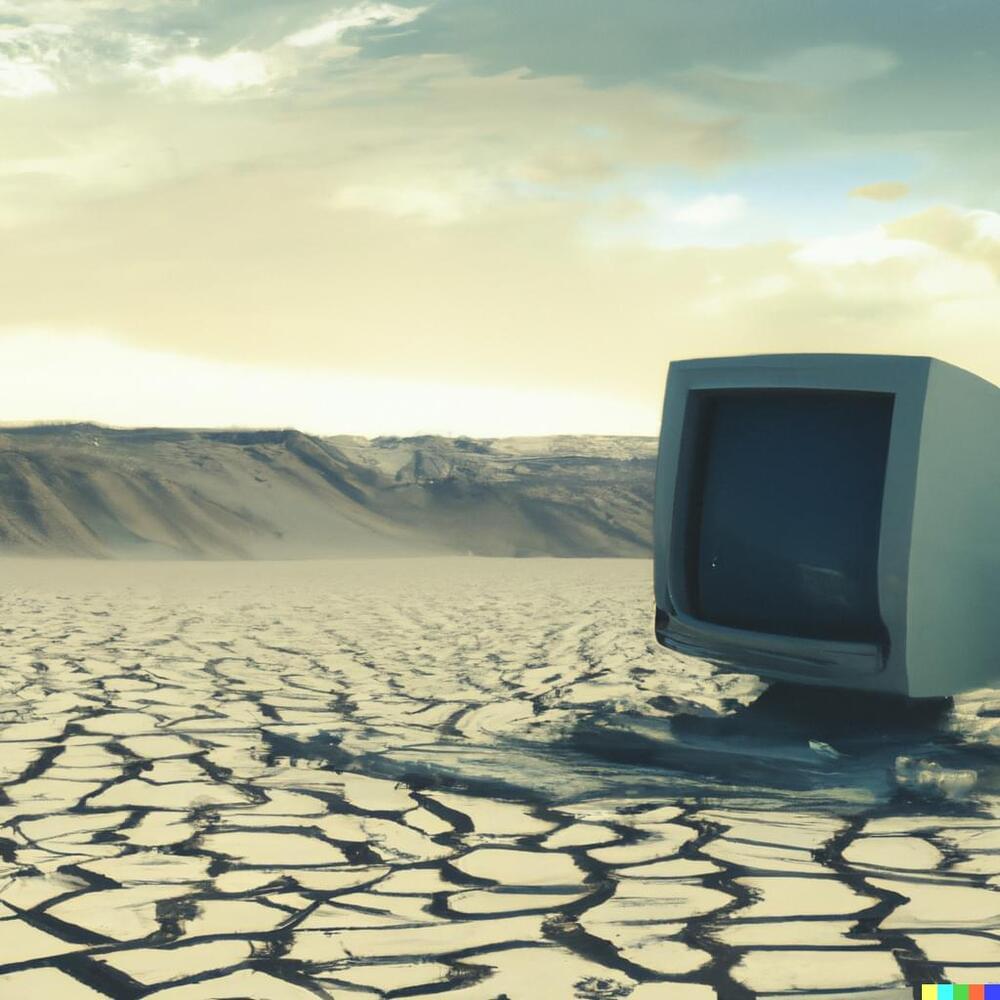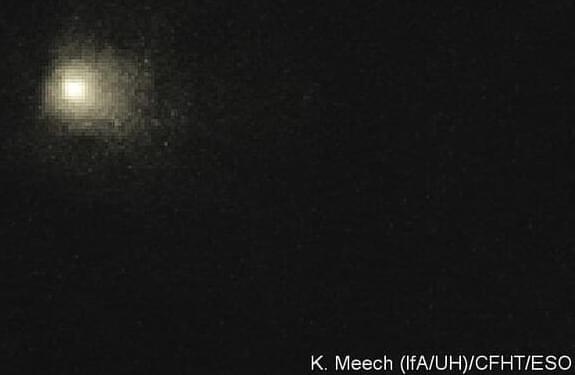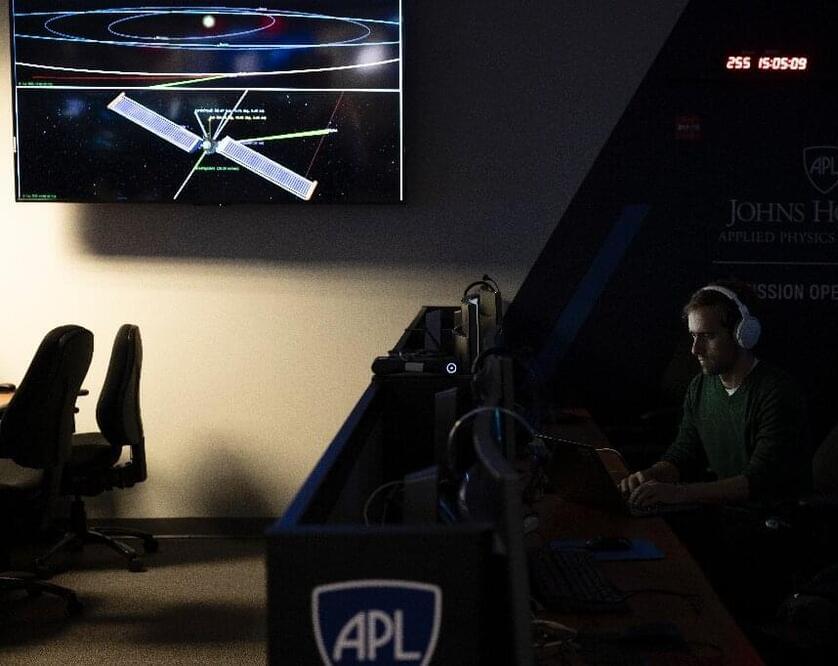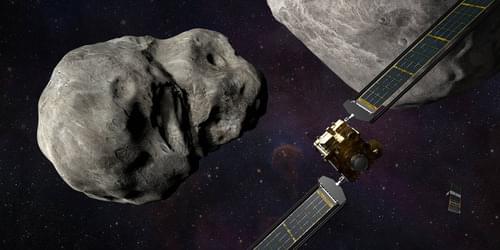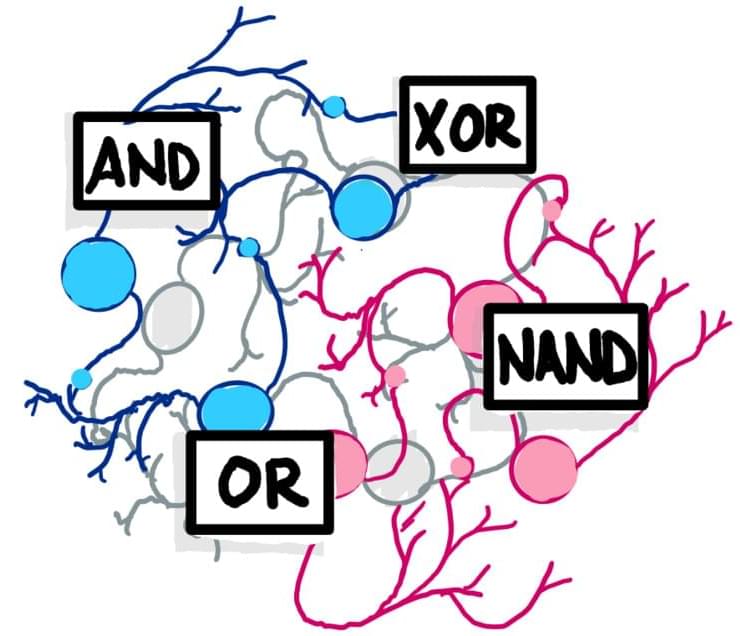Circa 2019 face_with_colon_three
By Tyler Benster.
Neuroscientists have a dizzying array of methods to listen in on hundreds or even thousands of neurons in the brain and have even developed tools to manipulate the activity of individual cells. Will this unprecedented access to the brain allow us to finally crack the mystery of how it works? In 2017, Jonas and Kording published a controversial research article, “Could a Neuroscientist Understand a Microprocessor?” that argues maybe not. To make their point, the authors turn to their “model organism” of choice: a MOS 6502 processor as popularized by the Apple I, Commodore 64, and Atari Video Game System. Jonas and Kording argue that for an electrical engineer, a satisfying description of the processor would break it into modules, like an adder or subtractor, and submodules, like the transistor, to form a hierarchy of information processing. They suggest that, while popular methods from neuroscience might reveal interesting structure in the activity of the brain, researchers often use techniques that would fail to reveal a hierarchy of information processing if applied to the (presumably much simpler) computer processor.
For example, neuroscientists have long used lesions, or turning off or destroying a part of the brain, to try to find links between that brain region and particular behaviors. In one particularly striking experiment, the authors mimicked this classic technique by simulating the processor as it performed one of four “behaviors”: Donkey Kong, Space Invaders, Pitfall, and Asteroids. They then systematically removed one transistor, and reported which (if any) of the behaviors could still be performed (i.e. did the game boot?) The elimination of 1,565 transistors have no impact, while 1,560 inhibit all behaviors, and indeed a subset of transistors make only one game impossible. Perhaps these are the Donkey Kong transistors, the authors coyly suggest, before concluding that the “causal relationship” is highly superficial.

